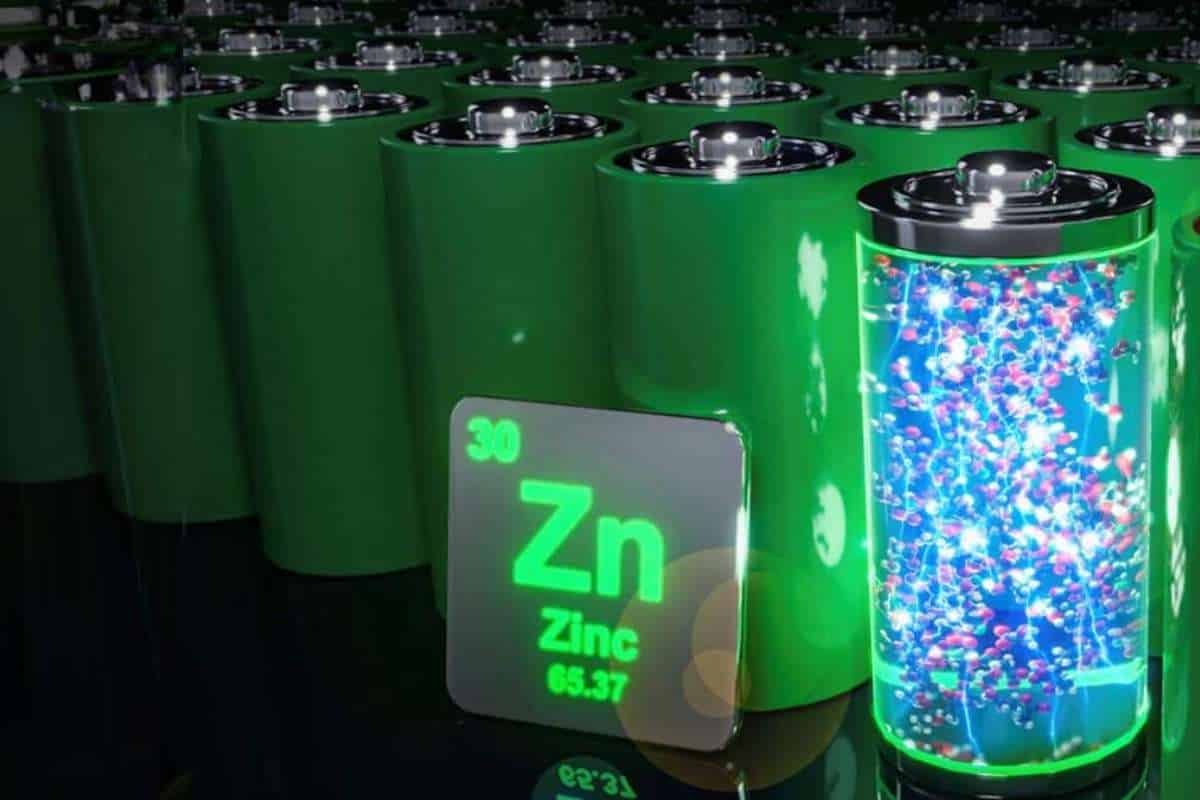Revolutionary Battery Design from Indian Researchers
A groundbreaking innovation from researchers at the Indian Institute of Science (IISc) could redefine the future of both energy storage and environmental protection. Detailed in the journal ACS Applied Materials & Interfaces, the team has transformed the traditional zinc-air battery into a dual-function device capable of producing hydrogen peroxide (H₂O₂) while simultaneously treating industrial wastewater. This novel approach has the potential to address two major global challenges: clean energy generation and pollution control.
Zinc-air battery, long regarded as promising low-cost alternatives to lithium-ion systems, use zinc as the anode and ambient air as the cathode. The IISc team reimagined this design by enabling the battery to produce hydrogen peroxide during its discharge process. This was achieved through the introduction of a chemically modified, metal-free carbon catalyst, allowing the battery to generate H₂O₂ instead of water—a crucial shift in the chemical pathway that does not rely on costly precious metals.
Turning Pollution into a Solution
The researchers demonstrated the battery’s environmental application by adding toxic dyes—often present in textile industry wastewater—to the system. When the battery generated hydrogen peroxide, the chemical reacted with the dyes, triggering visible color changes and ultimately breaking down the harmful substances. This showcases a powerful synergy between energy generation and environmental remediation.
Lead author and doctoral researcher Asutosh Behera emphasized the battery’s potential in tackling industrial pollutants. He explained that the H₂O₂ produced by the battery further decomposes into reactive radicals like hydroxide and superoxide, which aggressively attack and degrade the toxic dyes. This built-in purification process means the battery doesn’t just store power; it actively cleans contaminated water during operation.
This innovation also highlights hydrogen peroxide’s versatility, commonly used as a disinfectant, in sterilization processes, and for purifying wastewater. Integrating its production into a battery format offers an elegant, low-energy solution to challenges across sectors like healthcare, agriculture, and textiles.
A Sustainable Leap Forward for Energy and Environment
Conventional hydrogen peroxide production relies on the anthraquinone process, an energy-heavy, fossil fuel-driven method that produces carbon emissions and requires rare metal catalysts such as palladium or platinum. In contrast, the IISc technique uses abundant zinc and ambient oxygen, providing a cleaner and more economical alternative.
Professor Aninda J. Bhattacharyya, the study’s corresponding author, described the approach as “sustainable, low-cost, and highly energy-efficient.” By addressing energy and environmental issues simultaneously, this breakthrough offers an exciting path toward green innovation.
The implications are wide-ranging. In off-grid or rural areas, this kind of Zinc-air battery could provide both electricity and water purification, significantly improving public health and living conditions. The technology also contributes to a broader trend in battery research: rethinking legacy systems and turning waste byproducts into valuable resources.
This dual-function Zinc-air battery from IISc could very well lead the next wave of clean tech solutions, proving that the future of energy lies not just in power—but in purpose.










